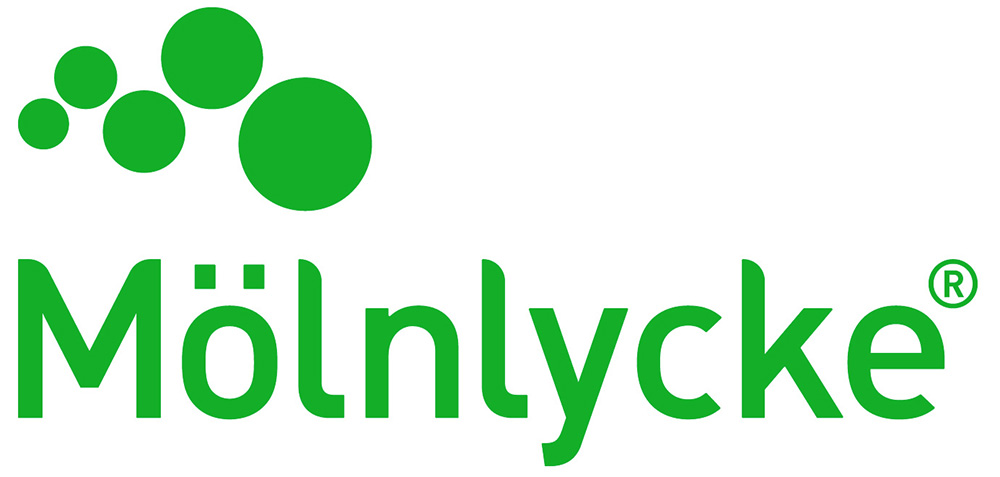Jason Griffiths

Jason qualified as a Therapy Radiographer in 2008.
He worked as a Treatment Radiographer in both a band 5 and band 6 capacity until 2016, when he then became an On-Treatment review radiographer, specialising in the management of radiotherapy and chemoradiotherapy toxicity and side effects, including supporting any social, emotional, or financial concerns.
In 2018/2019 Jason completed the non-medical prescribing course.
Presentation at Skin health and wound care in oncology and palliative care settings – 2024
Overview of Radiotherapy: It’s Treatments, Toxicities and Skin Management
Radiotherapy is a type of ionising radiation (high energy photon x-rays) that destroys cancer cells in the treated area by damaging DNA. Atoms break down and become unstable which results in the damage of the DNA.
Radiotherapy is a targeted therapy and will only affect the area being treated. Healthy cells have the ability to recover, however due to DNA damage, cancer cells are unable to recover.
Radiotherapy side effects are dependent on a number of factors: the area being treated, total amount of treatment, type of radiation/energy used, concurrent treatments, individual sensitivity, cell histology, age, poor nutrition, previous surgeries, smoking, connective tissue disorders, diabetes.
Skin reactions from external beam radiotherapy can be a common side effect of treatment and may cause pain and distress to some patients; a skin reaction may also be a factor that can limit radiation dose and treatment schedules.
Skin damage occurs when the rate of repopulation of the basal layer cannot match the rate of cell destruction by treatment.
The Society of Radiographers (SoR) offer guidance on how to manage radiotherapy induced skin reactions (2020).
The 2015 skin care guidelines (SCoR, 2015) showed a significant amount of research being undertaken, but that very few definitive recommendations could be made with respect to the optimal intervention for the management of, and potential to reduce, radiation induced skin reactions.














